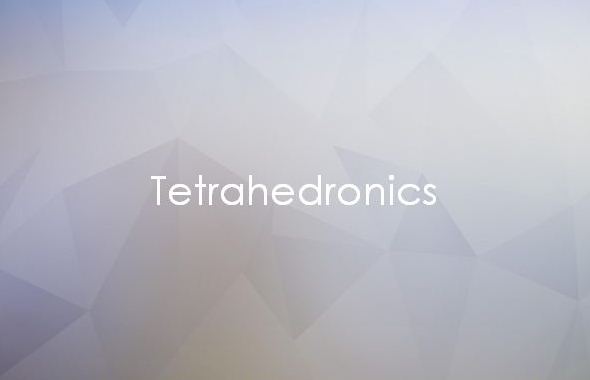Yesterday was the fifth anniversary of the day our nation shut down due to the coronavirus pandemic. This year, the stock market has lost 10% of its value in the past 6 weeks. Since there’s enough bad news happening, let’s look at something a little different today.
In 2015, my daughter went to see The Wizard of Oz on stage in Pittsburgh. She’s been a fan of the movie all her life, and as a former teacher with a Master’s degree in education, still enjoys relaxing while wearing “ruby slippers” – when she can! Even though she’s married and has two wonderful children, she’ll also be the first to tell you, “There’s no place like home.”
There are two things that are somewhat interesting about her mindset. First, I met my wife on a retreat when we were young adults. There were 4 of us that banded together on that weekend and became very good friends. My future wife was nicked named Dorothy, and I received the moniker of the Scarecrow, which hearkens back to a comment one of my schoolteachers made about me and my brain when I was a youngster.
But realizing there were four companions along the journey along the yellow-brick road, and, since I had a few diplomas already, I could begin to see the relationship of the characters to the five learning domains.
I know what you’re thinking – there are only three: cognitive, affective, and kinesthetic. While that’s true of most education texts, remember that “Three leads to four leads to five” to complete the system.
The fourth learning domain is the conative one. As posited by William Huitt and Sheila Cain in 2005, “Conation refers to the connection of knowledge and affect to behavior and is associated with the issue of ‘why’ (source: http://edpsycinteractive.org/papers/conative.pdf, accessed 1/19/2016). It’s the love of learning, or learning for learning’s sake. It’s the connection to the other three learning domains.
To relate this to the physical characteristics of a person, it’s where the other three learning domains intersect. The conative learner’s usual response to “why” they’re learning about something is, “I just really love learning!” And I’ll bet you can start to see the connection, since it’s at the heart of the matter. And remember, love isn’t just a feeling – it’s a decision, a feeling, and an action – most profoundly, the action of sacrifice.
The scarecrow is the cognitive entity. He’s all about the knowledge. Knowing which way to go, and devising plans for the group.
Dorothy is the kinesthetic entity. She just wants to get back home, and sets off on a journey to get there. She’s told what to do and does it, and learns what happens when you throw water on a witch.
The Lion is the affective entity. The term “cowardly” gives it away that he’s all about emotion. The seat of emotion is in one’s “gut.” It’s why we can become sick to the stomach when we hear disturbing news. The lion has no problem sharing his emotions.
The Tin Man is the conative entity. He is the heart, crying even though he knows he’ll rust if he does. He’s the one who tries to moderate the other three of the group.
It’s interesting to see that if we draw a vertical from the head to the gut, and a horizontal across the tops of one’s arms (associated with physical labor, carrying burdens and “doing” work), the intersection of those two lines is at one’s heart. Try it – and then realize what you just did.
So what about the fifth entity? That would be the spiritual one, and, of course, associated with the Wizard. He was the one that the people looked to for salvation. Interestingly, he knew what each of the companions on the journey needed, even though they didn’t get what they thought they wanted.
He was also the one who sacrificed his position so he could save the one who was lost and bring her back to her family.
Does that remind you of someone else who sacrificed His life so He could redeem us?

